Optimal Timing for Fire Restorations
Fire restorations are most effectively performed during specific times of the year, depending on weather conditions and property usage. Typically, the optimal period is during mild, dry seasons when environmental factors minimize the risk of further damage and facilitate thorough cleanup and repairs.
Spring offers moderate weather conditions suitable for fire damage repairs, with increased daylight hours aiding restoration work.
Summer can be ideal for fire restorations due to longer days and warmer temperatures, though high heat may require additional precautions.
Fall provides cooler temperatures and less humidity, which can help prevent mold growth during the restoration process.
Winter may pose challenges such as cold temperatures and potential for snow, which can delay restoration efforts.
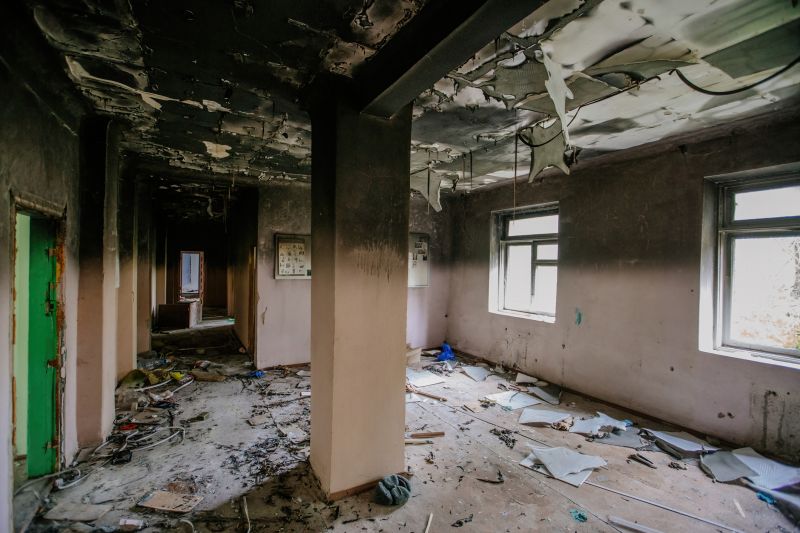
Ways to make Fire Restorations work in tight or awkward layouts.

Popular materials for Fire Restorations and why they hold up over time.

Simple add-ons that improve Fire Restorations without blowing the budget.

High-end options that actually feel worth it for Fire Restorations.
Fire restorations involve a comprehensive process of cleaning, repairing, and restoring property damaged by fire. This includes removing soot and smoke residues, repairing structural elements, and addressing water damage caused by firefighting efforts. Timely restoration minimizes long-term damage and helps restore the safety and functionality of the property.
Specialized cleaning removes soot, smoke, and residues to improve air quality and prepare surfaces for repairs.
Restoring structural integrity involves replacing damaged framing, drywall, and roofing components.
Advanced odor removal methods eliminate persistent smoke smells from interiors.
Water extraction and drying prevent mold growth and further deterioration.
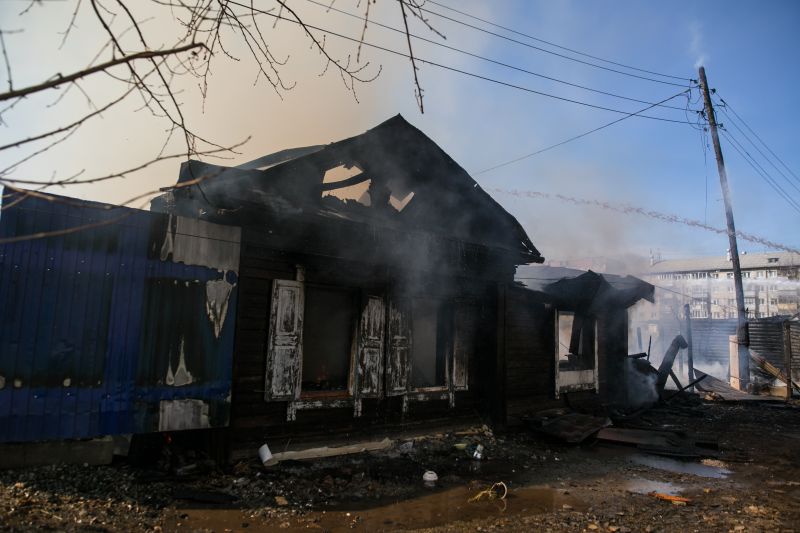
Finishes and colors that play nicely with Fire Restorations.
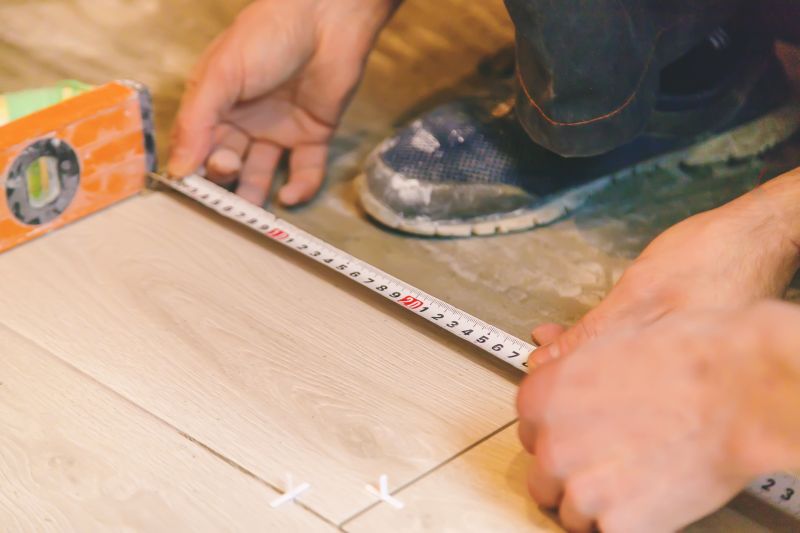
Little measurements that prevent headaches on Fire Restorations day.
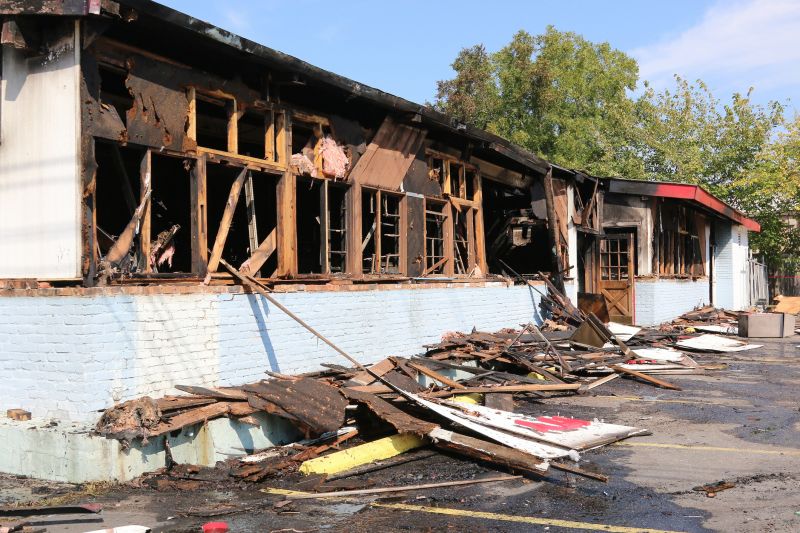
A 60-second routine that keeps Fire Restorations looking new.
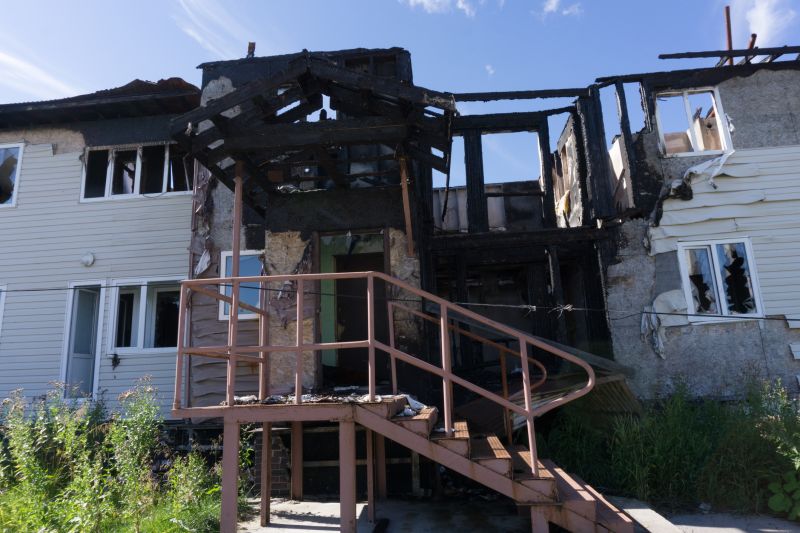
A frequent mistake in Fire Restorations and how to dodge it.
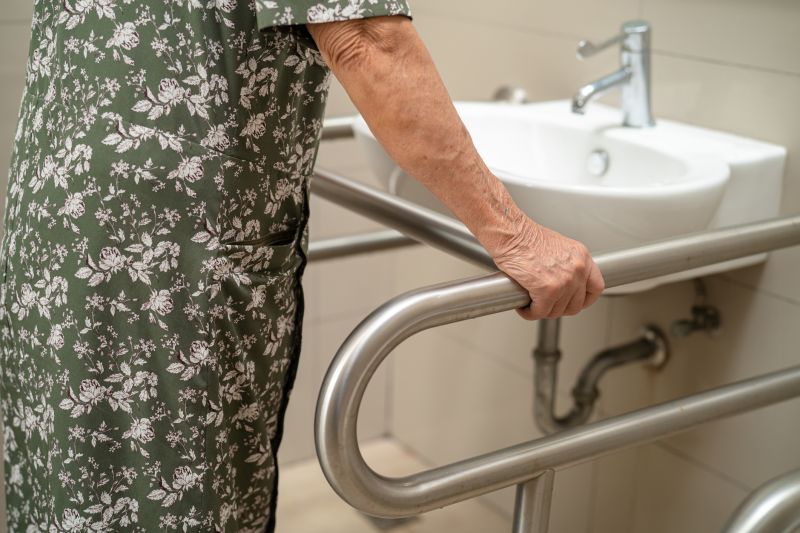
Small tweaks to make Fire Restorations safer and easier to use.
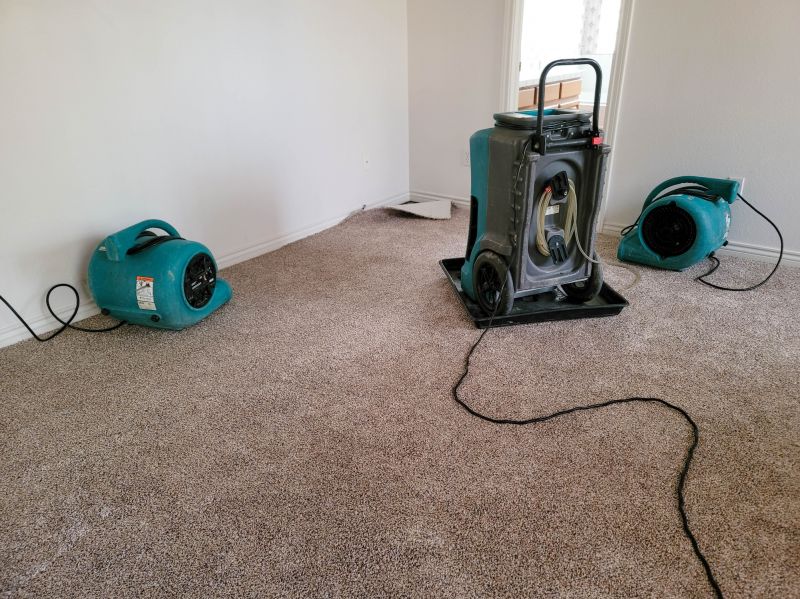
Lower-waste or water-saving choices for Fire Restorations.

The short, realistic tool list for quality Fire Restorations.
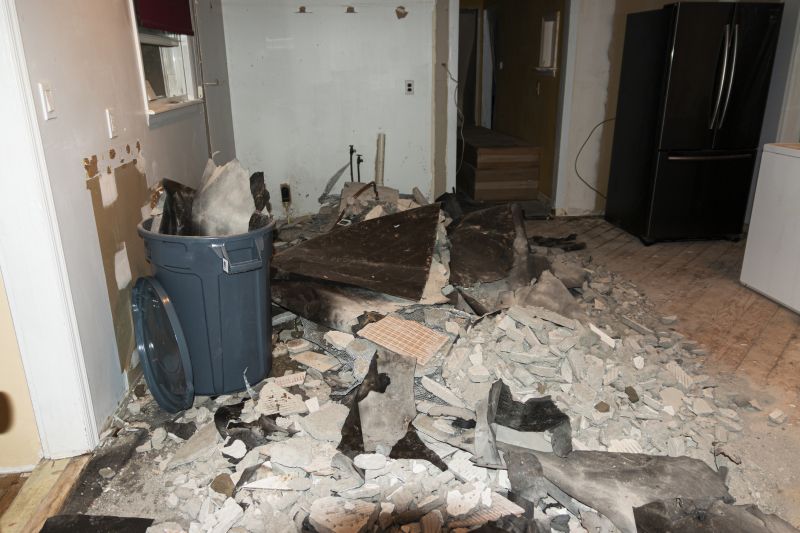
Rough timing from prep to clean-up for Fire Restorations.
| Season | Advantages |
|---|---|
| Spring | Moderate weather, longer daylight hours, ideal for detailed restoration work. |
| Summer | Warm temperatures and extended days facilitate efficient repairs. |
| Fall | Cooler temperatures and lower humidity reduce mold risk. |
| Winter | Potential delays due to cold and snow, less suitable for restoration. |
Choosing the appropriate time for fire restorations can significantly influence the quality and duration of the repair process. It is recommended to consider seasonal conditions and property-specific factors when planning restoration efforts. Prompt action after fire damage is essential to prevent secondary issues such as mold growth and structural deterioration.
Interested in fire restoration services? Filling out the contact form provides an opportunity to discuss specific needs and receive tailored assistance for property recovery efforts.


